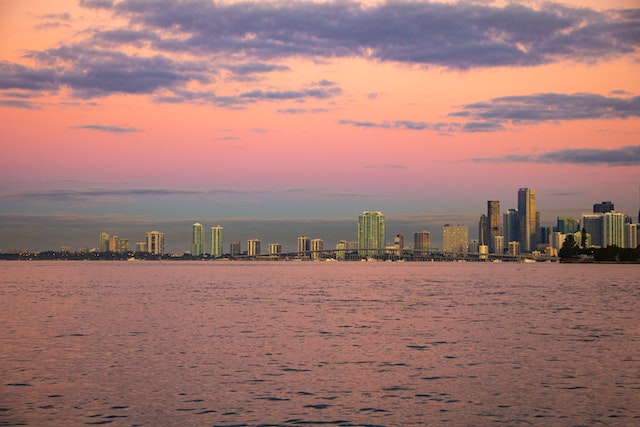When you think of Miami, what do you think of? The beaches, the parties, the nightlife? What about voodoo priests? You may not know it, but Miami is home to a large community of voodoo practitioners. And while some people may view voodoo as a dark and evil religion, the truth is that it can be used for good. In this blog post, we will explore the world of voodoo in Miami. From its history and origins to its modern-day practices, we will dispel any myths and misconceptions you may have about this fascinating religion.
What is Voodoo?
In Haitian Vodou, a voodoo priest is a person who serves as a intermediary between the physical world and the spirit world. Voodoo priests are also known as houngans or mambos. The word “voodoo” comes from the Fon language of Dahomey and means “spirit.”
Voodoo is an Afro-Caribbean religion that originated in Haiti. It is similar to other Afro-Caribbean religions, such as Santeria and Candomblé. Voodoo believers worship a pantheon of gods and goddesses, known as loa. They also believe in ancestral spirits, or zanzi.
Voodoo priests play an important role in Haitian society. They act as healers, counselors, and advisers to their community. They also perform rituals and offer sacrifices to the loa on behalf of their community.
If you are interested in becoming a voodoo priest, there are a few things you should know. First, you must be initiated into the religion by a houngan or mambo. This initiation process can take years to complete. Once you have been initiated, you will be expected to serve your community in some capacity. You may be asked to perform healing rituals, lead ceremonies, or offer advice to those who seek it.
History of Voodoo
Voodoo is an African-American religious tradition that originated in the French colony of Saint-Domingue (now Haiti). It is a syncretic religion, which means it combines elements of different religions. The core beliefs of Voodoo are that there is one God who is the creator of all things, and that humans are made in God’s image.
The history of Voodoo is often traced back to the West African country of Nigeria, where the religion is thought to have originated. From Nigeria, Voodoo spread to other parts of Africa, including Ghana, Senegal, and Burkina Faso. In the 17th century, slaves from these countries were brought to the French colony of Saint-Domingue (now Haiti), where they brought their religious beliefs with them.
Voodoo quickly took root in Haitian culture and became syncretized with Roman Catholicism. This process was helped by the fact that many of the slaves who were brought to Haiti were already Christians. Over time, Voodoo developed into its own unique religion with its own customs and beliefs.
Today, Voodoo is practiced by millions of people around the world, including in Haiti, Brazil, Cuba, and the United States. In recent years, there has been a resurgence of interest in Voodoo among young people in America.
The Different Types of Voodoo
Voodoo is an African diasporic religion that is practiced in various countries around the world. Each country has its own unique form of Voodoo, with different practices and beliefs.
Voodoo originated in West Africa, and was brought to the Americas by slaves who were forced to convert to Christianity. In the US, Voodoo is most commonly associated with New Orleans, where it emerged as a syncretic religion combining African, French, and Catholic elements.
There are several different types of Voodoo practiced around the world:
Haitian Vodou: This type of Voodoo is practiced in Haiti and combines African, Catholic, and Native American influences. Rituals often involve animal sacrifice and spirit possession.
Louisiana Voodoo: Also known as New Orleans Voodoo, this type of Voodoo is a syncretic religion that merges African, French, and Catholic traditions. It is similar to Haitian Vodou but with more emphasis on magical healing practices.
West African Vodun: This is the traditional form of Voodoo practiced in West Africa. It revolves around the worship of ancestors and spirits, and often includes animal sacrifice.
Brazilian Candomblé: This type of Voodoo is practiced in Brazil and combines African and Catholic traditions. rituals often involve drumming and dancing, and participants may enter into trances during ceremonies.

